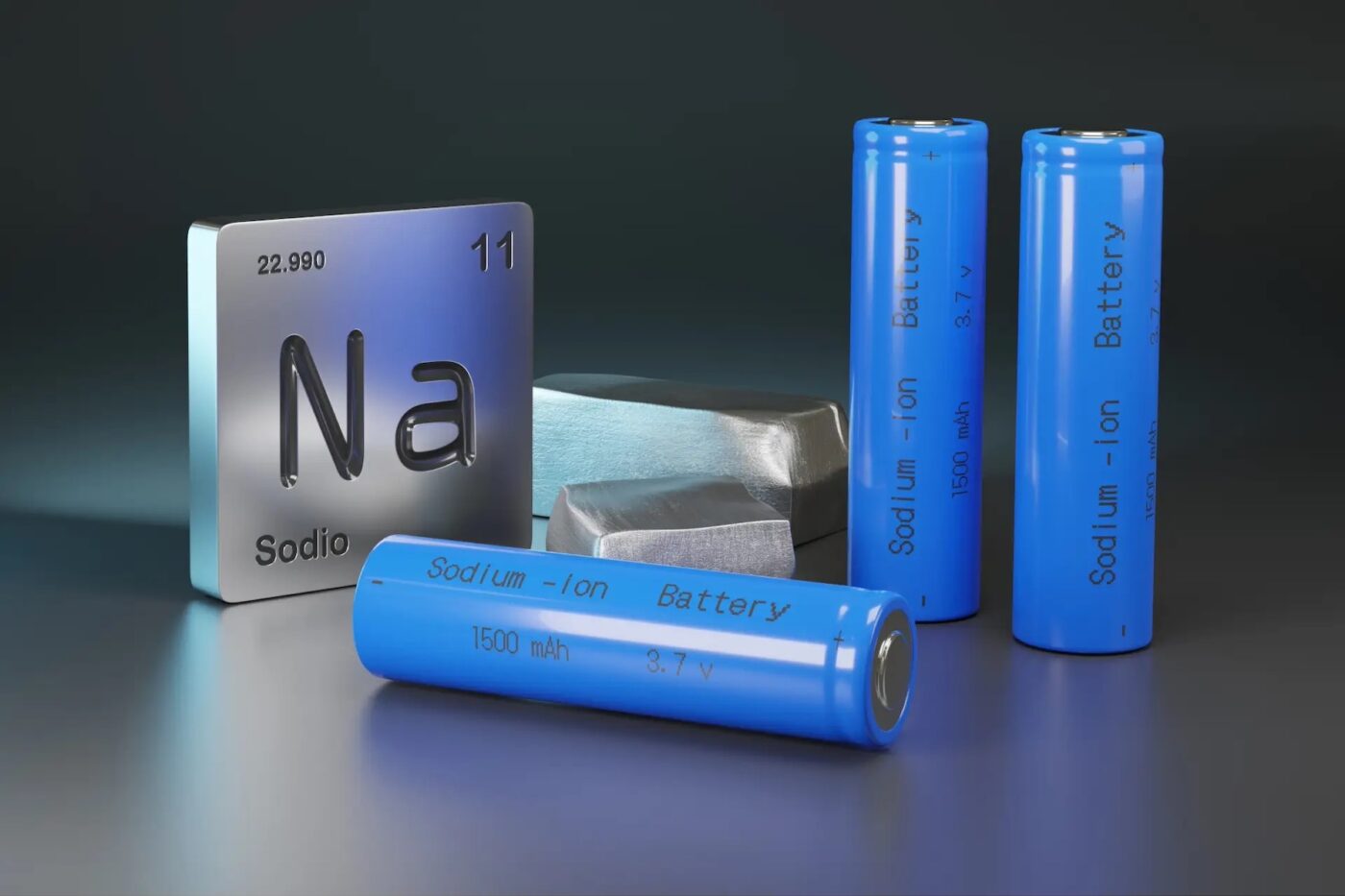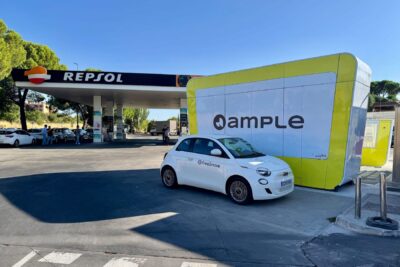HZB team unlocks fast-charging potential for sodium-ion batteries
The study demonstrates that solvent co-intercalation in sodium-ion cathodes supports high-rate performance with minimal capacity loss, pointing to new design strategies for advanced sodium-ion batteries. Led by Prof Philipp Adelhelm, it shows that co-intercalation, long regarded as detrimental to battery stability, can instead enhance performance in cathode materials.
Conventional lithium-ion and sodium-ion batteries rely on intercalation, where ions migrate into electrode structures. By contrast, co-intercalation – where ions and solvent molecules move together – was traditionally thought to cause rapid failure.
Working with international partners, HZB researchers have now demonstrated that co-intercalation of ions and solvent molecules in cathode materials can be a reversible and rapid process. The findings open a pathway for efficient sodium-ion cells with high charging speeds.
“The process of co-intercalation could be used for developing very efficient and faster-charging batteries. This is why we wanted to investigate this topic in more detail,” says Adelhelm.
The team investigated layered transition metal sulfides as potential cathode hosts. Over a three-year period, Dr. Yanan Sun at HZB carried out volume change measurements, structural studies using synchrotron radiation at PETRA III at DESY, and electrochemical testing of electrode–solvent systems. The researchers identified parameters to predict co-intercalation behaviour in future materials.
“The co-intercalation process in cathode materials differs significantly from what happens in graphite anodes,” explains Sun. Earlier HZB studies on graphite showed reversible sodium migration with glyme molecules, but cathode application remained elusive. In the new work, cathodes retained capacity while demonstrating unusually high reaction kinetics.
“Above all, certain cathode materials offer a huge advantage: the kinetics are super-fast, almost like a supercapacitor,” Sun notes.
“Exploring the concept of co-intercalation was extremely risky because it is against classical battery knowledge. I was therefore very grateful to receive funding for this idea from the European Research Council through an ERC Consolidator Grant,” Adelhelm emphasises.





1 Comment